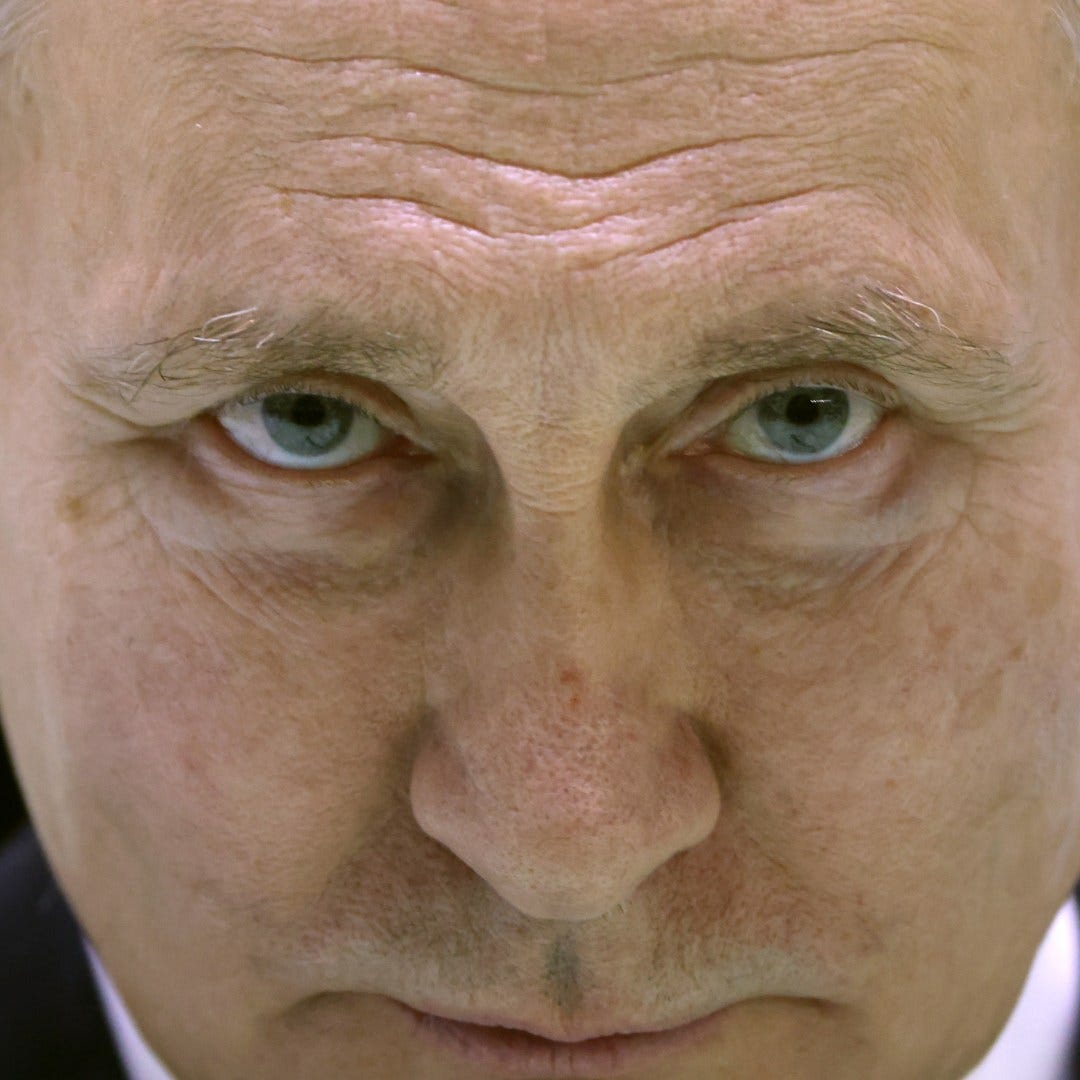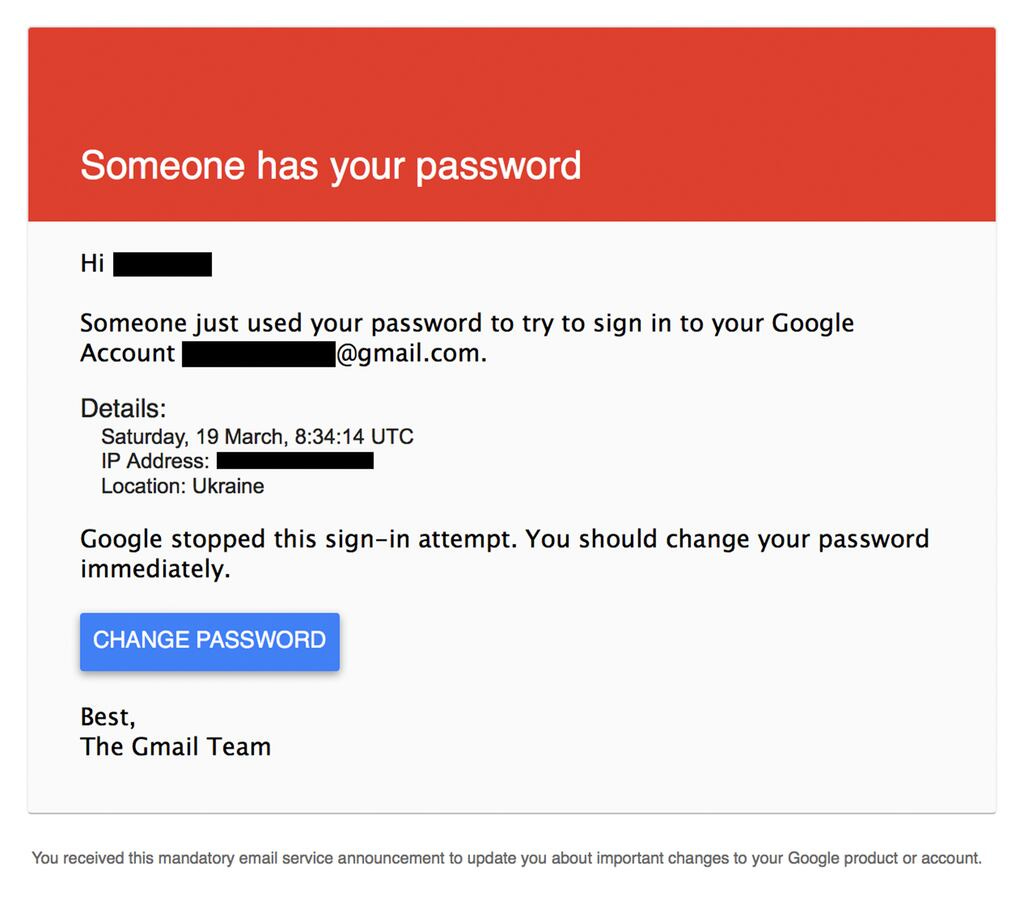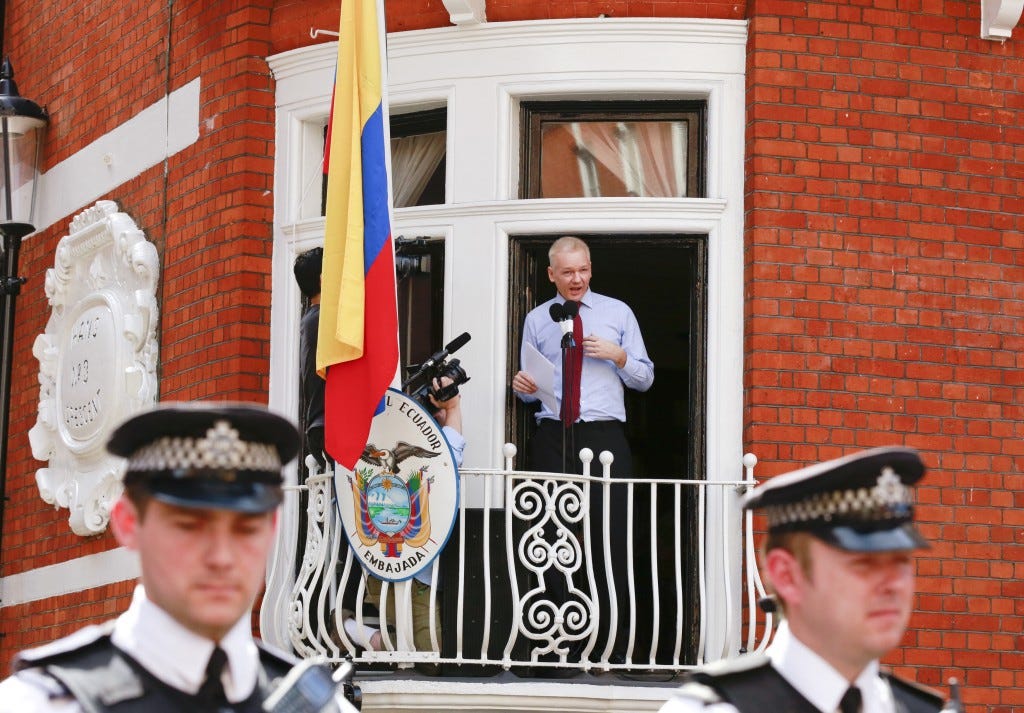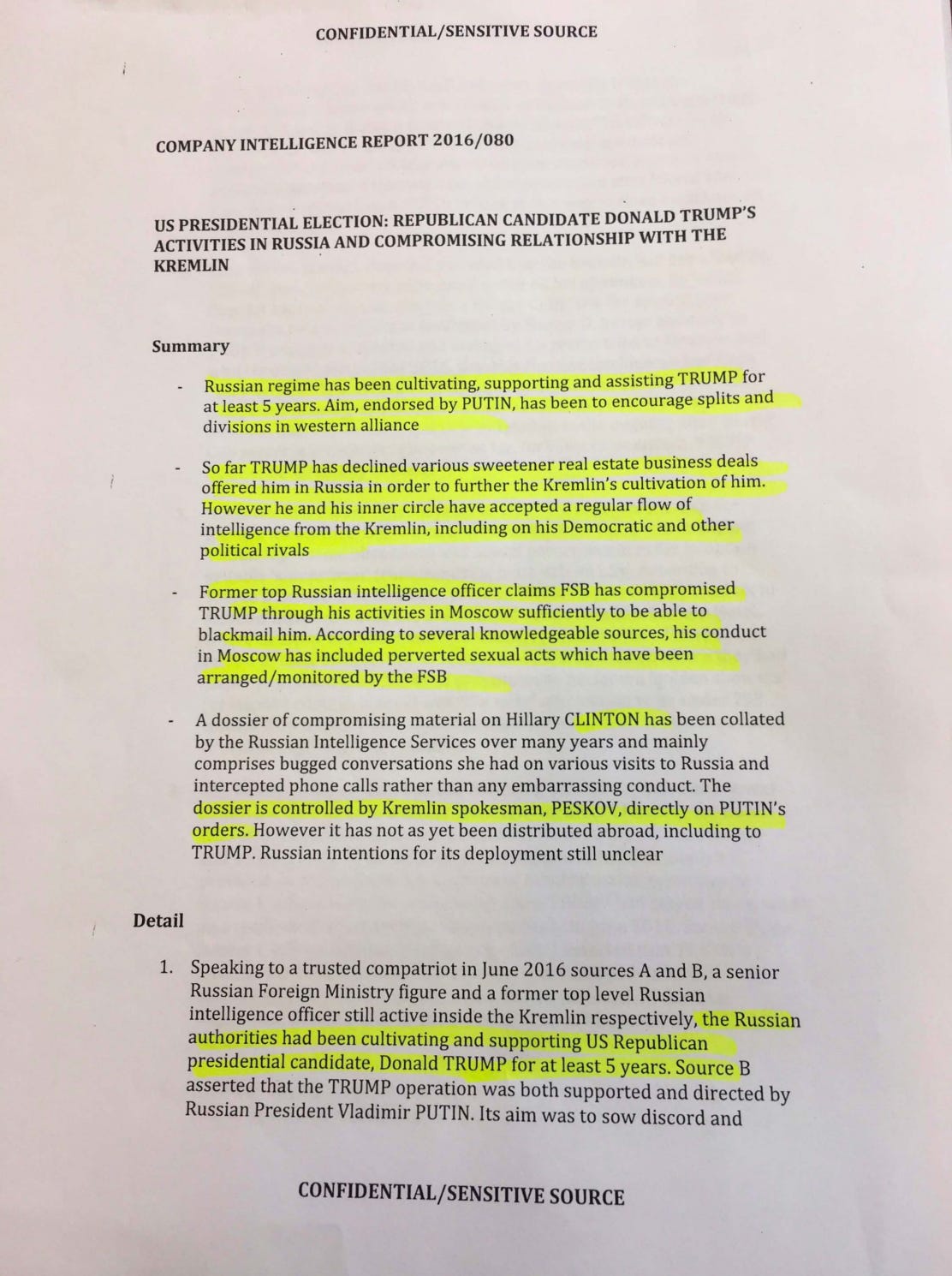Bottom Line Up Front (BLUF)
Russia interfered in the 2016, 2020, and 2024 U.S. election, consistent with the history of mutual interference between the U.S. and Russia.
Interference was most pronounced in 2016 with an influence campaign designed to "denigrate Clinton" and boost Trump, motivated by Putin’s personal grievances again Clinton as well as long term geopolitical goals (e.g., mitigating NATO expansion, sanctions). Russian 2016 interference was motivated retaliation for the role of the US in the 2011–2013 Russian protests and Ukraine Dignity revolution and overthrow of Viktor Yanukovych.
The campaign pursued three core interconnected objectives: damage Hillary Clinton's campaign, elect Donald Trump to boost American isolationism, and ultimately undermine trust in democratic processes — the latter aligning with historical Soviet era active measures campaigns. Wherein traditional sources and methods take a backseat to brute force demoralisation, ideological subversion, and psychological warfare.
The efficacy of these efforts remains mixed - academic analysis suggests they were not effective in directly flipping voters and directly altering election outcomes. However, evidence suggests they succeeded in intensifying polarization and fostering disillusionment, making extreme groups more extreme and discouraging disenfranchised voters. s directly altered election outcomes.
Connections between the Trump campaign and Russia have been established. Russian operatives actively cultivated individuals in Trump's orbit, and certain members of Trump's inner circle knowingly or unknowingly engaged in these relationships for personal benefit (e.g., Manafort-Kilimnik connection). Whether Trump himself had direct knowledge remains unverified.
Historical Context
Russian electoral interference exists within a broader context of U.S.-Russia relations. Both nations have a history of election meddling, including Soviet interference in the 1960 U.S. election and U.S. involvement in Russia's 1996 election. Putin's actions were partly retaliatory, responding to perceived U.S. encroachment through NATO expansion and sanctions. The 2020 operations focused primarily on internet and computational propaganda, small-scale disinformation, information laundering, and "trading up the chain" techniques. In 2024 Russian tactics evolved beyond fake accounts to include co-opted influencers and generative artificial intelligence producing doctored and fabricated text, images, video, and audio content. Mark Zuckerberg characterized the 2020 election influence campaign on Meta platforms as a "highly sophisticated" attempt to undermine Biden and sow discord.
Key Findings
Systematic Interference
According to the American IC Russian interference was "sweeping and systematic" and violated U.S. criminal law. Key findings include:
Programmatic Propaganda: The Internet Research Agency (IRA), a Kremlin-linked troll farm, executed a social media campaign favoring Trump and disparaging Clinton. Over 470 fake accounts reached tens of millions of users, with just six accounts generating content shared 340 million times. The IRA's campaigns exploited racial and political divisions, masquerading as U.S. activists to organize rallies and spread divisive content.
Hack and Leak campaigns: Russian military intelligence (GRU) hacked Democratic Party entities (DNC, DCCC, Clinton campaign), stealing emails later disseminated via WikiLeaks, DCLeaks, and Guccifer 2.0. GRU operatives targeted John Podesta's emails through phishing attacks in March 2016, timing the subsequent data dump to overshadow the Access Hollywood tape scandal.Forensic evidence of Russian hacking tools (e.g., "X-Agent" malware) and IP addresses linked to GRU operations. It confirmed:
Cozy Bear (APT29) and Fancy Bear (APT28) as primary hacking groups targeting political entities.
DCLeaks and Guccifer 2.0 as GRU fronts for leaking stolen data.
Hacking Election Infrastructure: The classified NSA report leaked by Reality Winner (May 2017) revealed succesful GRU Spearphishing attacks targeted election software vendors (e.g., VR Systems) and at least 100 local election officials, compromising credentials to access voter registration systems. Attacks on Illinois' voter database and attempts to breach systems in Florida highlighted federal-state coordination gaps in cybersecurity. Russian operatives targeted all 50 states' election systems, probing vulnerabilities in voter registration databases and software vendors. Russian cyberattacks on Ukraine's 2014 election (altering vote tallies, fake news) foreshadowed 2016 U.S. tactics. Sofacy malware used in Ukraine was later found on DNC servers. No evidence indicated major hacking or compromise of election systems in 2020.
These findings highlighted vulnerabilities in U.S. election infrastructure and digital platforms while exposing Russia's hybrid warfare tactics that blend cyber espionage with disinformation. However, Mueller report only resulted in charges against 26 Russian nationals and three entities, including GRU officers and IRA operatives. Although the Senate concluded that Russia's interference was "extensive" and aimed to undermine U.S. democracy, with some Trump advisers unwittingly or knowingly assisting – there has been little to no high-level government accountability. Tactics included cyberattacks, disinformation, and leveraging state media (RT, Sputnik) as well as exploitation of social media's "organic reach," bypassing traditional intelligence channels and amplifying grassroots divisive narratives.
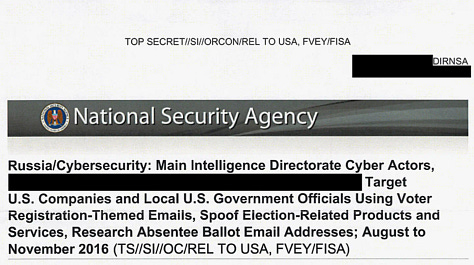


Key Actors and Tactics
Trump Associates
The Senate Intelligence Committee report detailed numerous contacts between Trump campaign officials and Russians with ties to the Kremlin, such as the The Trump Tower meeting in June 2016 involved Donald Trump Jr., Jared Kushner, and Paul Manafort meeting with a Russian lawyer, Natalia Veselnitskaya, after being promised "very high-level and sensitive information" on Hillary Clinton - The meeting was arranged after Rob Goldstone.
Roger Stone: Roger Stone's advance knowledge of WikiLeaks' releases was acknowledged, but evidence of direct collusion with Trump's campaign was deemed insufficient by FBI.
Paul Manafort: Paul Manafort, Trump's campaign chairman, shared polling data with Konstantin Kilimnik, a Russian intelligence-linked operative, posing a "grave counterintelligence threat." Shared campaign polling data with Russian intelligence-linked operatives.
Michael Flynn: Maintained Russian contacts during the campaign and Russian Ambassador Sergey Kislyak during the transition
Papadopoulos, a Trump campaign adviser, was told by a Russian professor, Joseph Mifsud, in April 2016 about the hacked Hillary Clinton emails. He pursued a back channel tand shared this information with campaign officials.
Michael Cohen, testified that Trump knew about a Trump Tower Moscow project during the campaign and lied about its timing to Congress.
Donald Trump Jr.: Engaged in communication with WikiLeaks.
These individuals were central to investigations but avoided conspiracy charges due to risk of potential political backlash. Deleted text messages and emails have hampered concrete determinations, suggesting plausible effort to conceal evidence – as such the extent of collaboration is unknown.

WikiLeaks
GRU's Fancy Bear hacked DNC/DCCC emails and funneled them to WikiLeaks. The July 2016 DNC leak and October 2016 Podesta email dump were timed to maximize electoral impact, particularly to overshadow the Access Hollywood tape. While Wikileaks acted as a conduit for GRU leaks, Julian Assange denies direct knowingly coordinating with Russian intelligence - Assange being likely motivated independently by a dislike of Clinton.
Cambridge Analytica
Harvested 87 million Facebook profiles to build voter profiles to provide micro-targeted ads to mobilize Trump supporters and suppress Clinton voters. The company's voter suppression tactics (e.g., targeting Black voters) remain debated. Had ties to Russia, including meetings with Lukoil executives and use of Russian researchers like Aleksandr Kogan.
Internet Research Agency (IRA)
Created fake social media accounts (e.g., "Blacktivist," "Heart of Texas") to amplify divisive issues such as race, immigration, and gun rights. Promoted voter suppression tactics. Amplified fabricated narratives like Pizzagate and QAnon precursors. Reached tens of millions of users, with 470 fake accounts generating 340 million shares. Specifically targeted swing states like Michigan and Florida.
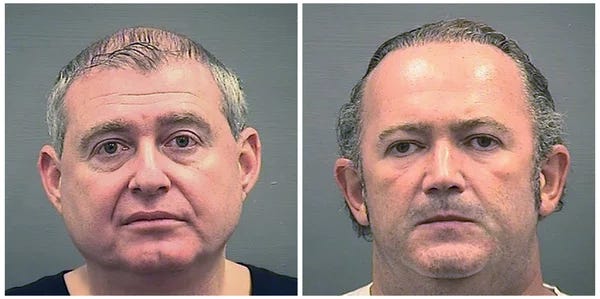
Russian Oligarchs' Involvement
Yevgeniy Prigozhin: Allegedly bankrolled the IRA with a monthly budget of $1.25 million.
Aras Agalarov: Transferred $3.3 million and $20 million to the US in June 2016, around the time of the Trump Tower meeting, using shell companies and flagged as suspicious. [Circumstantial]
Simon Kukes: Donated $280,000 to Trump's joint fundraising committee and inaugural fund, boasting of active involvement.
Len Blavatnik: Donated over $6 million to Republican PACs, with $1 million to Trump's inaugural fund.
Viktor Vekselberg: Through cousin Andrew Intrater, donated $250,000 to Trump's inaugural committee, with Columbus Nova paying Michael Cohen's shell company $1 million post-inauguration.
Konstantin Nikolaev: Allegedly financed Maria Butina's group, Right to Bear Arms, with a requested budget of $125,000, potentially linked to NRA influence.
Oleg Deripaska: Provided Paul Manafort with a $10 million loan. Manafort subsequently shared Trump campaign polling data with Konstantin Kilimnik, a suspected Russian intelligence asset.
Legal and Private Intelligence Dimension
Perkins Coie
The firm defended Clinton in email investigations and challenged voter ID laws. The Clinton campaign "indirectly employed" Steele, with Marc Elias creating a "legal barrier" by acting as a "firewall" between the campaign and Steele. This arrangement ensured details were protected by attorney-client privilege and work-product doctrines.
Steele Dossier & Fusion GPS
The Steele dossier funded by Clinton's campaign and DNC via Perkins Coie, compiled by Christopher Steele from June to December 2016, contained 17 reports alleging Russian interference in the election, including claims of collusion with Trump associates. Steele is considered a highly respectable source, and his work represents raw intelligence warranting further investigation on a claim by claim basis. Some broad claims were corroborated by the January 2017 ODNI report and Mueller Report, such as Russia's intent to elect Trump. Steele relied on anonymous sources, with Igor Danchenko as the primary sub-source and approximately 20 sub-sources, raising concerns about potential Russian disinformation. Russia's aggressive intelligence collection practices, use of compromising material, and Vladimir Putin's visceral desire to damage Hillary Clinton were well-established factors that lent some credibility to the report. While some claims (e.g., Russian preference for Trump) were corroborated, others (e.g., "pee tape") remain unverified. The dossier fueled FBI investigations, including Crossfire Hurricane, but faced significant public scrutiny. Trump subsequently targeted law firms like Perkins Coie, which represented Clinton's campaign and commissioned the Steele dossier through Fusion GPS, with executive orders in 2025 suspending security clearances and restricting federal contracts.

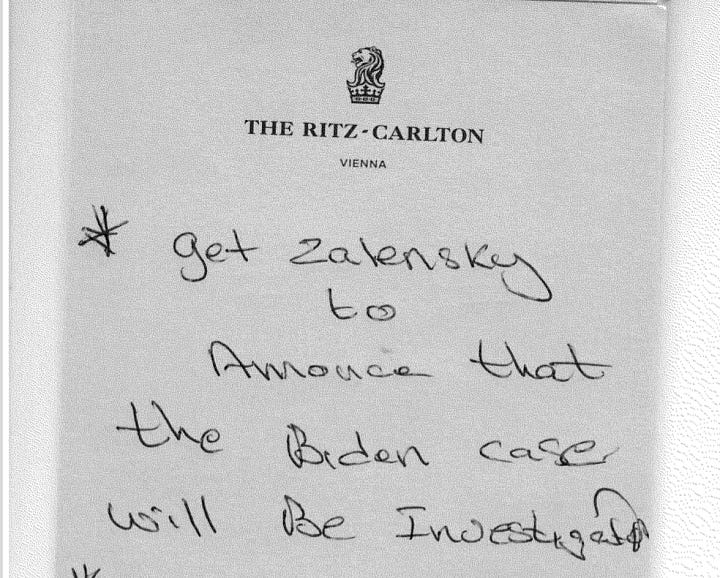
Assessment of Effectiveness
Limited Behavioural Impact: A Nature study (2023) found that exposure to IRA content was concentrated among 1% of users (mostly Republicans) and was dwarfed by domestic political content. No significant link to voting behavior changes was detected.
Cambridge Analytica's Influence: Despite ties to Russia, the firm's impact on voting patterns remains debated. The efficacy of Cambridge Analytica has been generally overstated by media accounts.
Strategic Success: While direct vote manipulation appears limited, Russia succeeded in its broader objectives of sowing discord, promoting social division, stoking partisan and racial tensions, and undermining public confidence in U.S. electoral integrity.
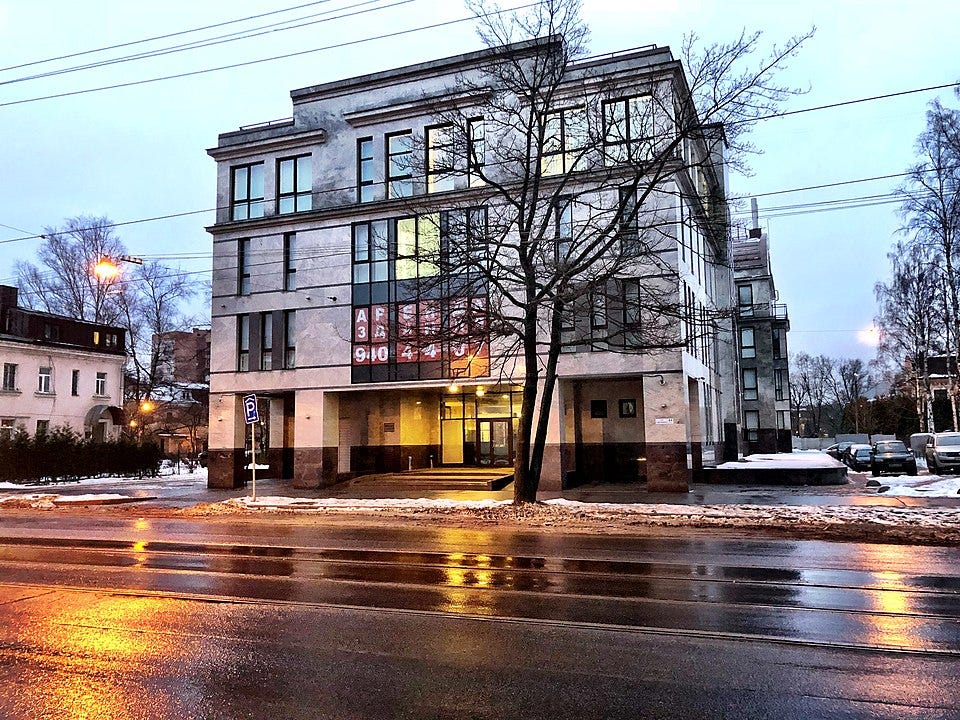
Conclusion
Russian interference in U.S. elections represents a sophisticated application of hybrid warfare techniques combining cyber operations, social media manipulation, and strategic intelligence activities. While the operation's direct electoral impact remains contested, it successfully exposed critical vulnerabilities in U.S. counterintelligence frameworks, particularly in cybersecurity and social media monitoring.
Evidence suggests Russia's primary success lay more in exacerbating existing social divisions and undermining democratic institutions than in directly altering electoral outcomes. The case underscores the need for bipartisan defenses against hybrid threats, balancing transparency with safeguards against foreign interference.
Russian actions appear partly motivated by retaliation for perceived U.S. interference in Russian affairs (2011-2013 protests) and the 2014 Ukrainian Revolution of Dignity that ousted pro-Russian president Viktor Yanukovych, highlighting the cyclical nature of intelligence operations and counter-operations between these global powers.
End of Brief.
[For more information on Section 14 please click here.]


